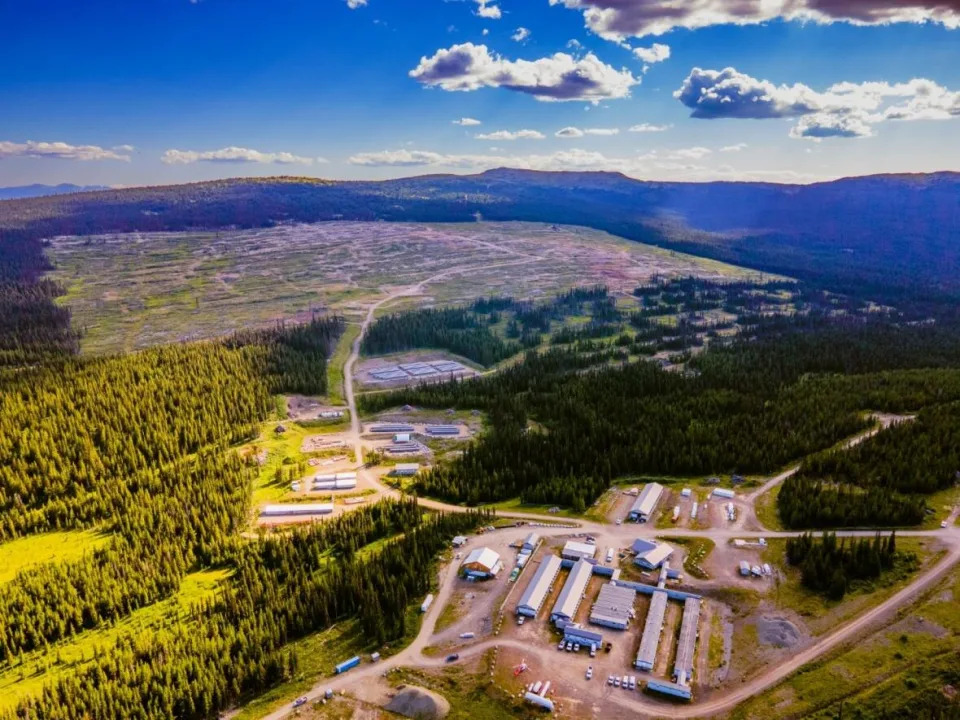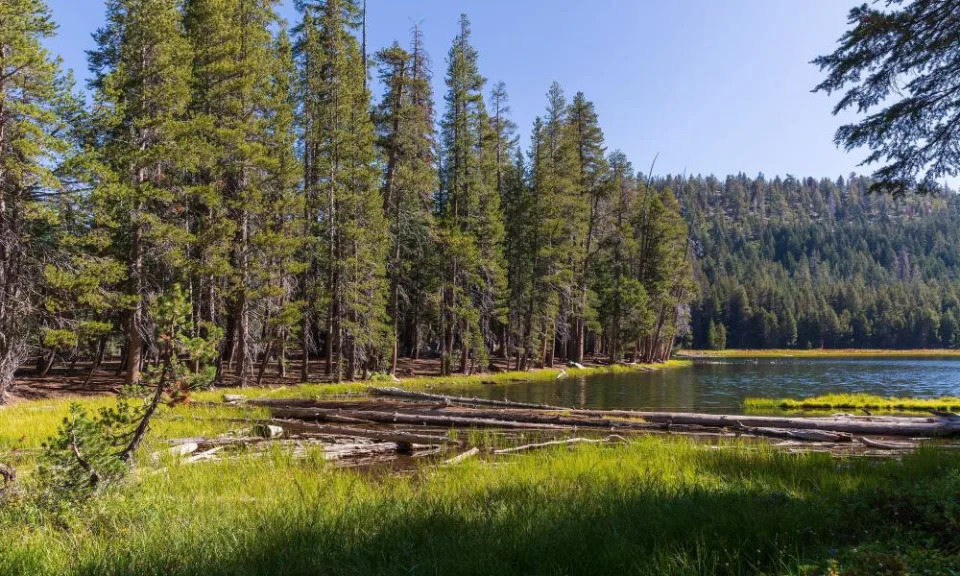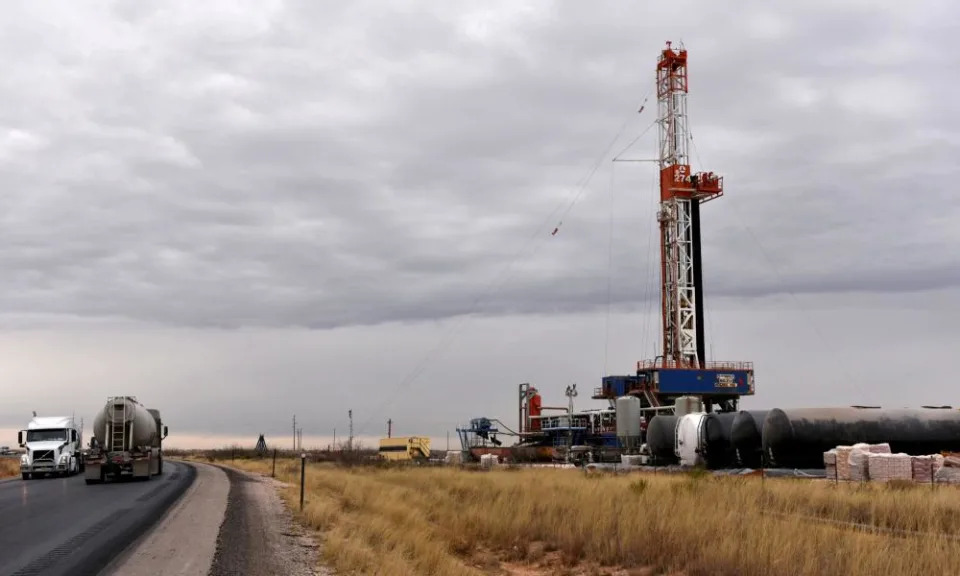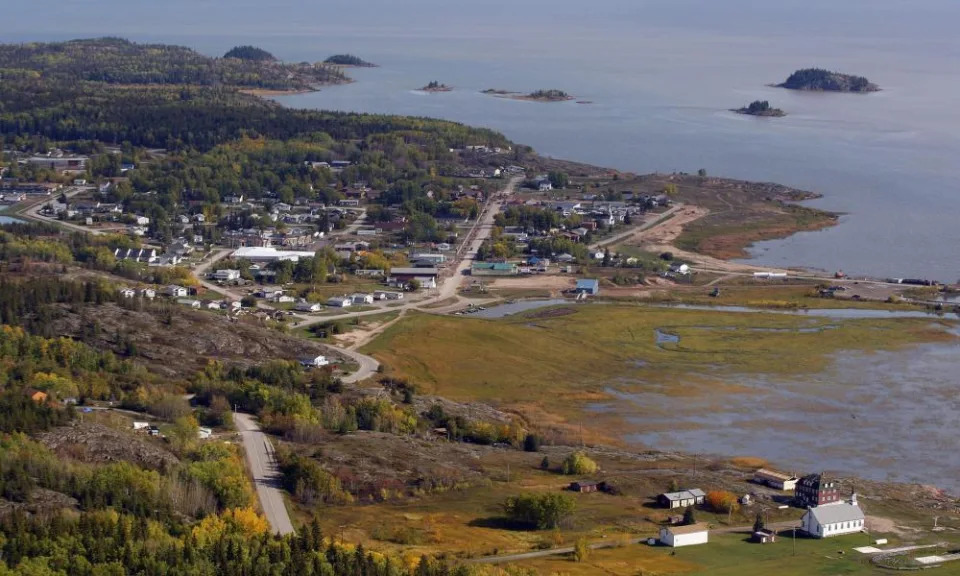Thu, March 9, 2023

Vancouver-based mining company Artemis will operate the Blackwater gold and silver mine 112 kilometres southwest of Vanderhoof, B.C. (Artemis Gold Inc. - image credit)
The B.C. government has approved a construction and operation permit for a 44-square-kilometre gold and silver mine in the province's central Interior.
The mine, located 112 kilometres southwest of Vanderhoof, B.C., will be operated by Vancouver-based Artemis Gold and is expected to create 450 jobs per year, along with over 800 more per year during its construction and expansion phases, the province said.
The announcement comes three years after the province signed an economic and community development agreement with the Lhoosk'uz Dené Nation and Ulkatcho First Nation — on whose territories Blackwater is located — to share mineral tax revenue from the mine.
The province says the nations have been engaged in all aspects of the project, from exploration, to permitting and environmental assessment, while the mine's owners and both nations have a project participation agreement in place.
The B.C. government forecasts the Blackwater Mine will contribute more than $516 million to the province's average annual gross domestic product and more than $47 million in average annual provincial mineral tax.
During its 22-year lifetime, the mine will contribute a total of $13.2 billion to B.C.'s economy, including $2.3 billion in provincial revenue, the province adds.
Premier David Eby says the approval of Blackwater Mine is good news for local communities.
"The Blackwater gold project will put lots of people to work and create a wide range of opportunities and benefits for local businesses, communities and First Nations, while ensuring the highest standards of environmental protection, mitigation and sustainability," Eby said in a written statement.
The province says it has engaged the First Nations in the environmental assessment of the mine site. It adds that the mine site is connected to B.C. Hydro grid, meaning it will be powered with a sustainable source of low-carbon hydroelectricity.
Ulkatcho First Nation Chief Lynda Price says her community has been involved in Blackwater Mine's environmental assessment since 2015.
"We continue to work in collaboration with Artemis Gold Inc., Lhoosk'uz Dené Nation, and both the federal and provincial governments, to achieve the best mitigation results for all Canadians," she said in a written statement.
The province says B.C.'s mining sector had a forecast annual production value of more than $18 billion in 2022, and provides more than 30,000 jobs across B.C.
















